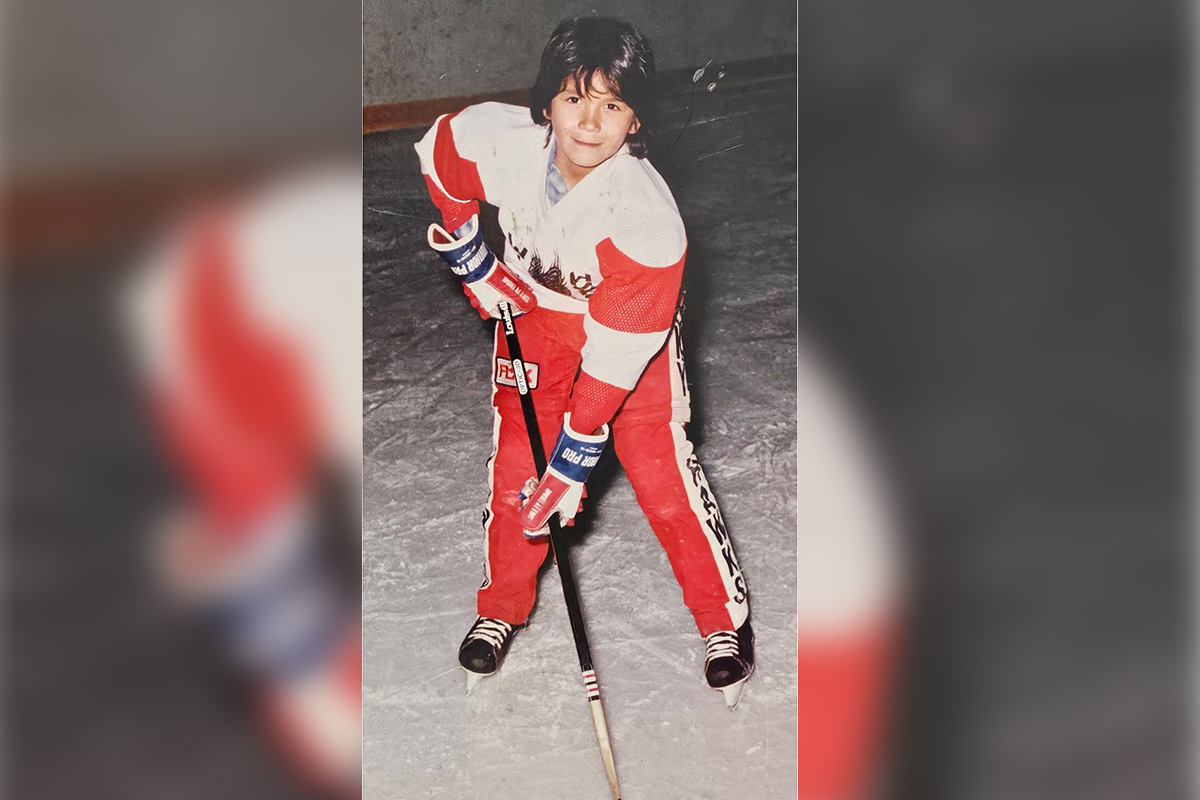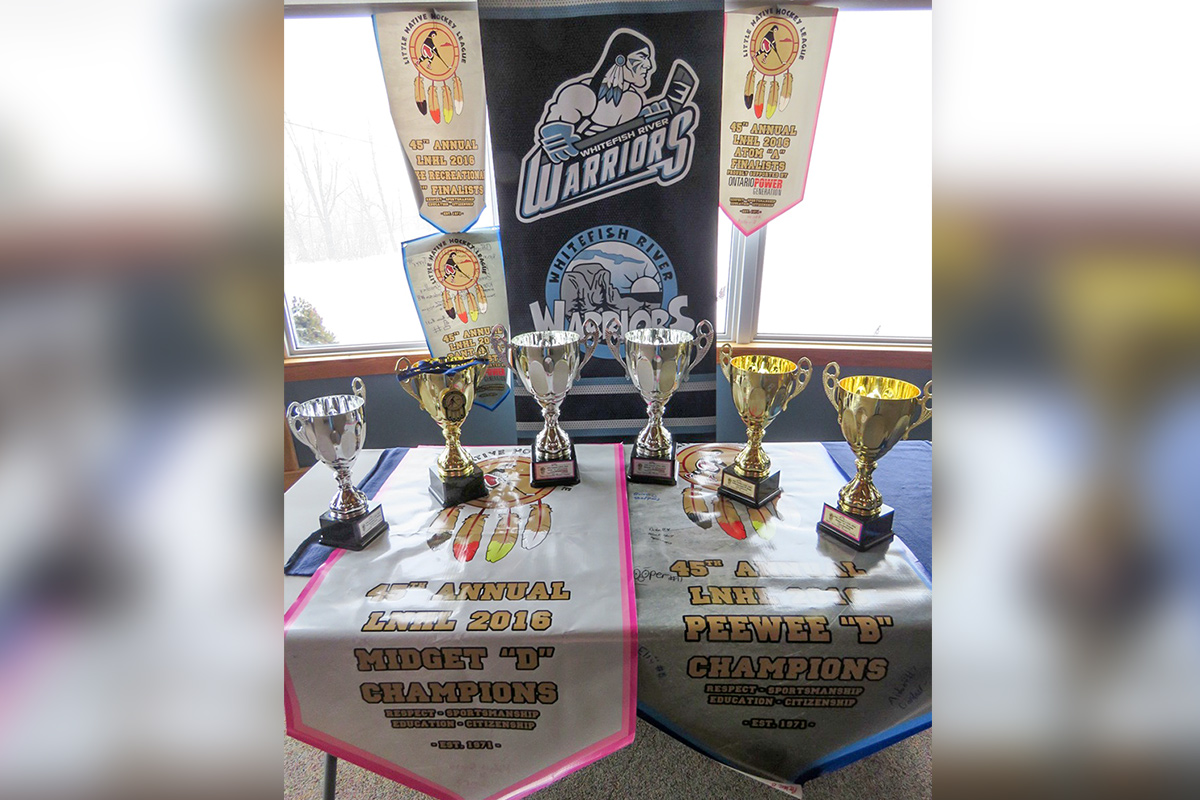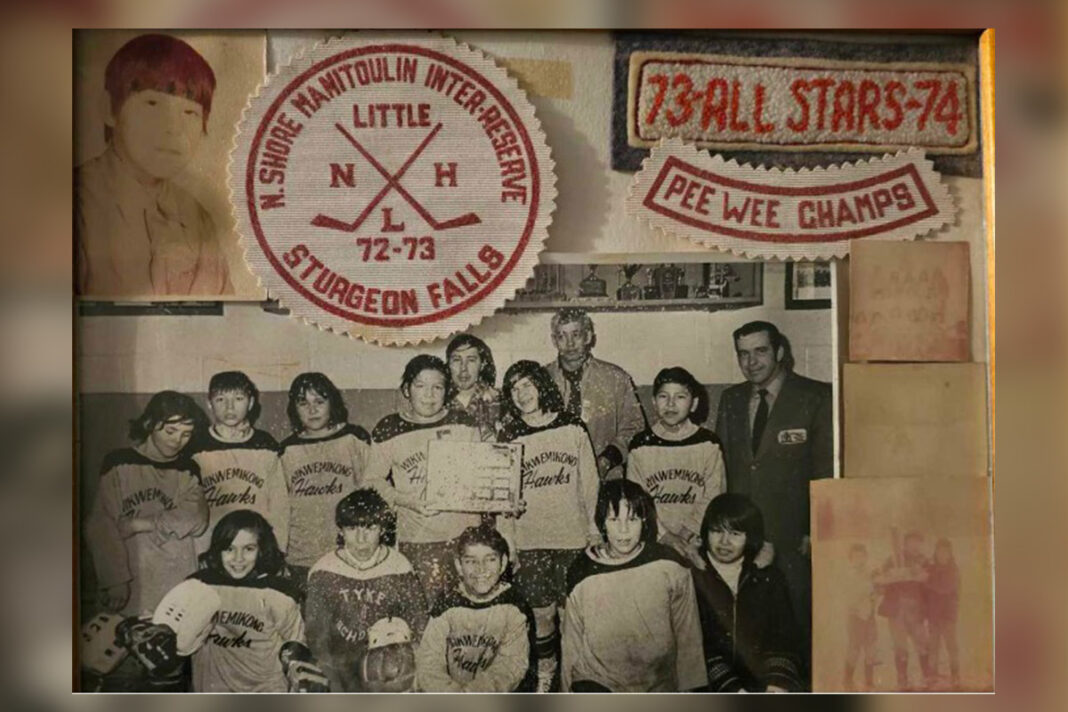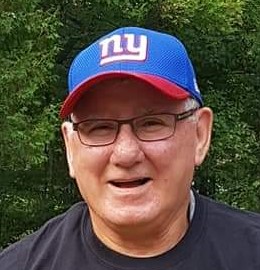EDITOR’S NOTE: This year marks 50 editions of the culturally important Little NHL (Native Hockey League) tournament and, over the weeks leading up to the Markham event, Expositor reporter Gina Gasongi Simon will trace the evolution of the tournament from its origins as a two-day local event in 1971 at the old Little Current arena to the massive undertaking it is today with nearly 250 teams participating from all corners of the province. This week’s installment, the second, examined its cultural significance.
Hockey in ‘Indian country’ has deep cultural significance, impacting identity and community pride. The origins of the game and strategy have been said to go back centuries, parallel with the Roman ages. On one side of the world, it was man against beast, on this side, it was men against men. In Indian country, games were played strategically, one group against another.
The origins of hockey can be traced back when our Native ancestors played games involving sticks and balls. Over time the game evolved to the modern game of ice hockey.
A style of ‘shinny’ on the ice was first documented by British soldiers in 1895. The modern day of hockey and lacrosse, and if you debate these games origins with any Indian, they will tell you, ‘hockey is deeply rooted in Canadian soil’ and evolved from sticks and balls to an ice sport.
The Little Native Hockey League (LNHL) is a completely different type of hockey. When it comes to eligibility, it has stood its ground for 50 years. Today, it still reflects the original intent of the tournament founders and “it is sanctioned by the Chiefs of Ontario, and it has remained at arm’s length from any hockey body or association,” explained longtime LNHL executive Pat Madahbee.
Otherwise, they play by all the rules. It’s nonstop action, minus the whistles and period buzzers. When that final buzzer rings, the teams exit the ice, and another two teams enter the arena.
Throughout its history, the LNHL has been a platform for social change. “The segregation was there, we felt it as Native kids. It was subtle. Our kids joined the leagues but most of the time, they sat on the bench. We witnessed this firsthand. Our money was good, our kids were good, but rarely did they get ice time,” says Mr. Mahdahbee.
As noted by the founding members, “that is why the LNHL was founded on the principle of equity of play” says Mr. Madahbee.
Darryl Enosse a former LNHL participant and now coach reminisced about playing in the regular leagues compared to playing in the LNHL. “When you’re a kid that kinda of treatment, you feel it, its hard to describe but its double the impact when you’re a kid. To be left out, other kids notice, but we’re all just kids. That is why the job of coaching is so important to be fair, and that’s what I liked about the LNHL, every kid gets to play,” explained Mr. Enosse

All games require rules and according to rules posted on the Little NHL tournament website, players must have a valid Indian status card from an Ontario First Nation or have at least one biological parent with an Indian status card from an Ontario First Nation. Over the years, upholding the rules has not been easy. There has been controversy and challenges to the framework.
According to Mr. Madahbee, a long-time member of the LNHL executive, even he was not permitted to play in the very first LNHL tournament. “I was told I could not play because I was three months past the Midget age. I wanted to play so badly, but rules are rules. To appease some of us ineligible boys, George Francis came up with an idea. He offered us jobs to referee. Our pay, a hotdog and hot chocolate after every game. We refereed the entire tournament” he laughs. “Just to be a part of it.”
Connections. There is no denying the impact the annual LNHL has had on the collective identity and sense of pride. “Whether you’re on the ice or in the stands, watching the history of the LNHL flash across the big screen, you realize this tournament has become a vital part of what it means to play hockey for your community,” says Mr. Enosse.
The annual tournament is paramount in bringing communities together and fostering a sense of belonging. This sense of belonging and tribalism is not limited. It flows from the fans chanting from the bleachers, ‘Go team Go! to the players motivated by the cheers, down to the coaches as well.’
To watch a hockey player take the puck and stickhandle down the ice, avoiding the sticks and checks, you have to marvel at the skill it takes, using their feet, hands, legs and about a dozen other body parts at full speed. Its exhilarating for fans and players.
Mr. Enosse described the hype. “We’re all fired up. Our insides are tingling. The moment the puck drops, the heartbeat changes, gone are the nerves and our skates take over. We know what to do and how we must do it,” he says.
“Yes, we build a strong sense of camaraderie, bonding over our shared love of the game and a common goal of winning, but as a coach you have to move beyond that perspective,” he continues.
His younger son Noah, who plays in the regular island house leagues has challenged his father with some tough questions as the opening date of the tournament nears. “Why can’t my friends play in the LHNL?”
Its difficult to explain, admits Mr. Enosse, “how something like a hockey tournament is unique, created specially for Native kids to play somewhere different, somewhere far away from home, where you will meet other Anishaabek from all over the province.”
Additionally, the hockey tournament has the power to unite people from different communities and different life experiences to a share love of the game hockey.
“My older Davin now understands what playing in the LNHL means as a team, representing our First Nation community, our pride and the opportunity to showcase his skills and have fun,” Mr. Enosse adds.

The atmosphere in the arenas makes it that much more exciting and many folks like Josephine Pelletier from Wiikwemkoong, who is consider by some to be a superfan. For her, it’s a family tradition. Hang with her, a true hockey fan and you will know the reason why hockey is the most exciting sport.
Ms. Pelletier remembers in the early days when money was scarce, “players would sleep on gymnasium floors and community centers. I used to fit a whole line, five players in my green daaban (car), along with equipment and drive to the tournaments.” Along with her sons, Steven and Earl, her grandsons played in the tournaments. Pronouncing the Anishnaabe names was always a tough one for the announcers.
She recalls when her grandson Sean Hill baa played for M’Chigeeng A division against Six Nations. “The announcer hesitated each time he had to call his name out for a play. We had a good laugh over that,” she laughs.
Her intense loyalty to her hockey team and years of faithfully attending the tournament is a testament to the power of the sport to build strong bonds and create shared experiences.





